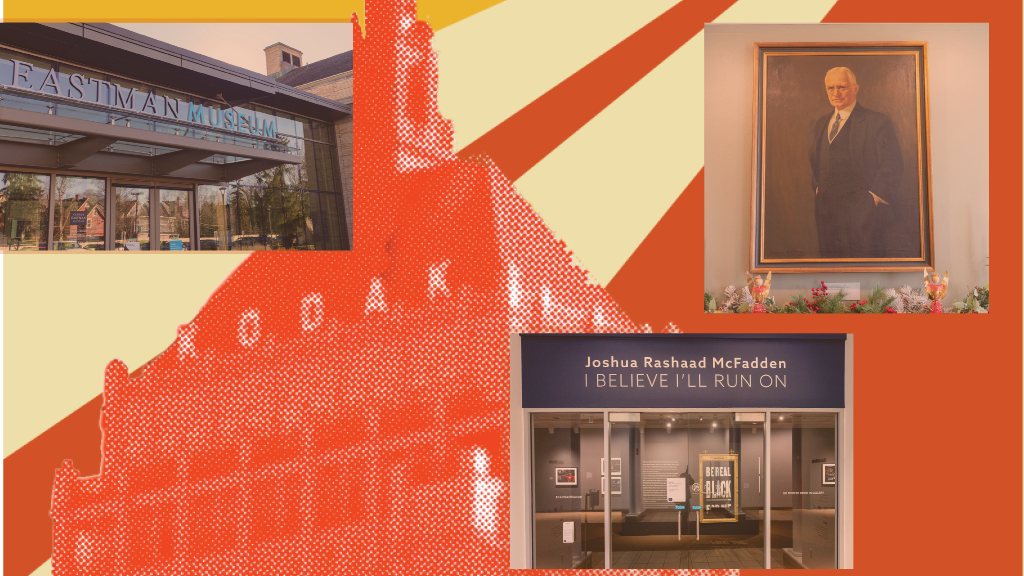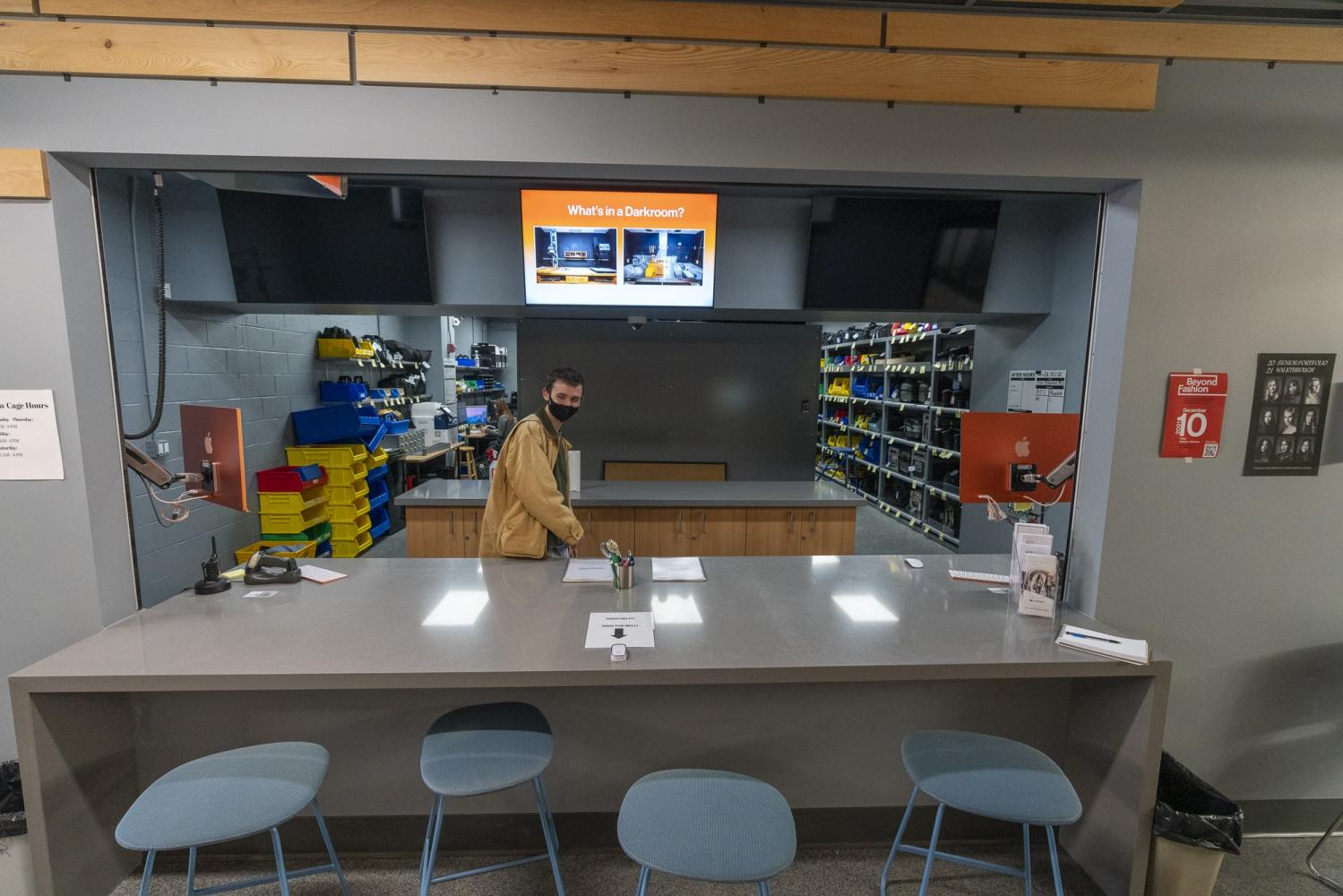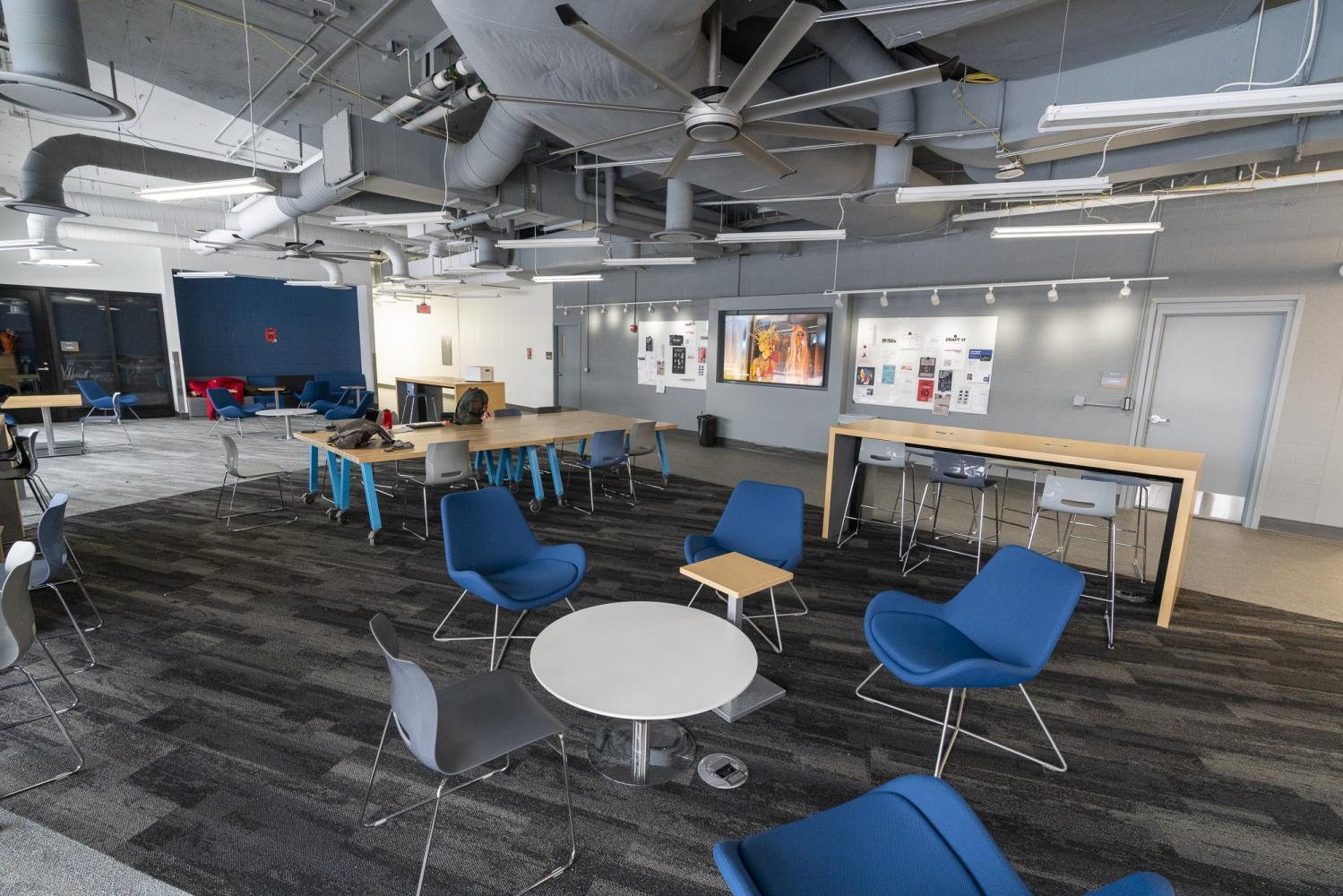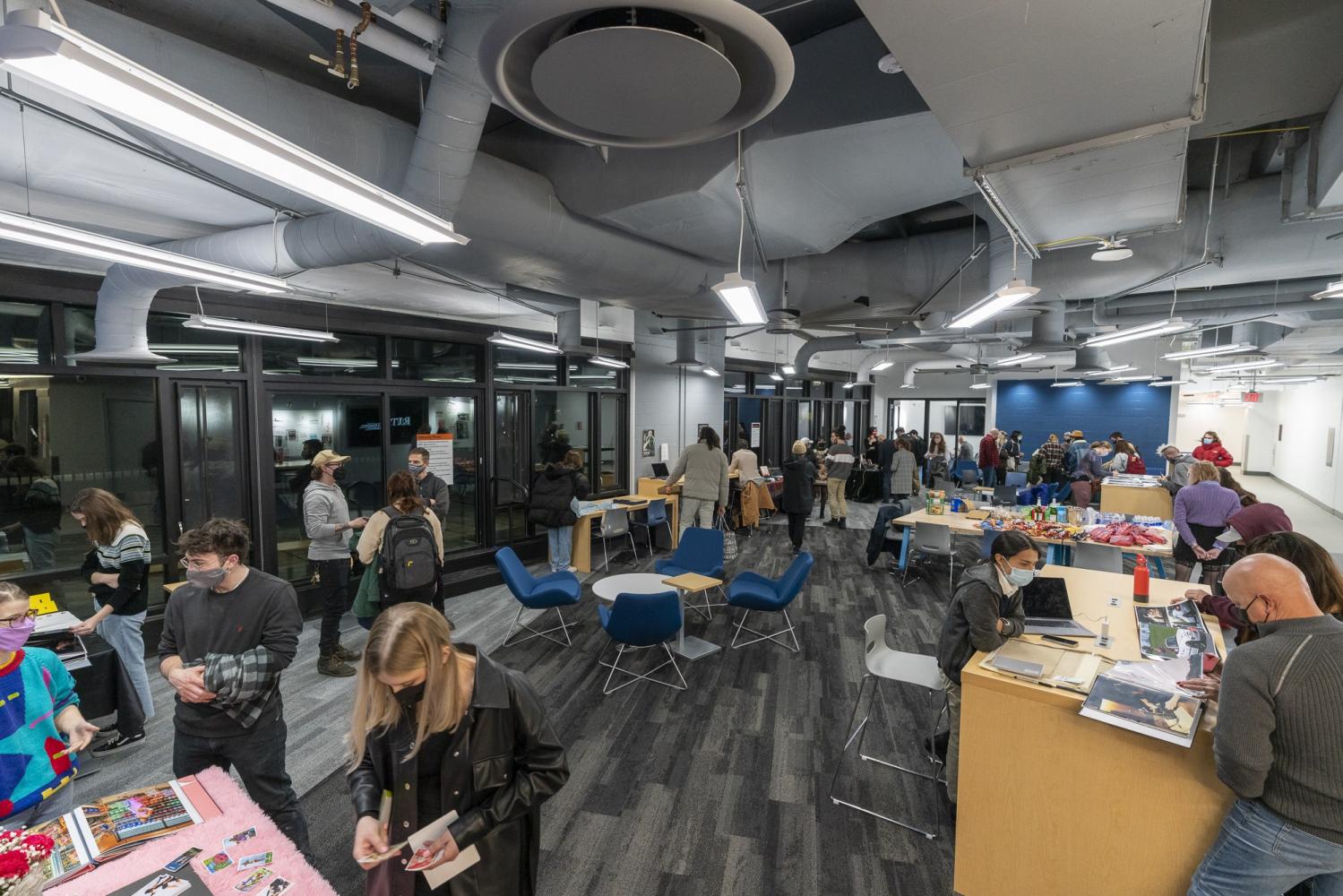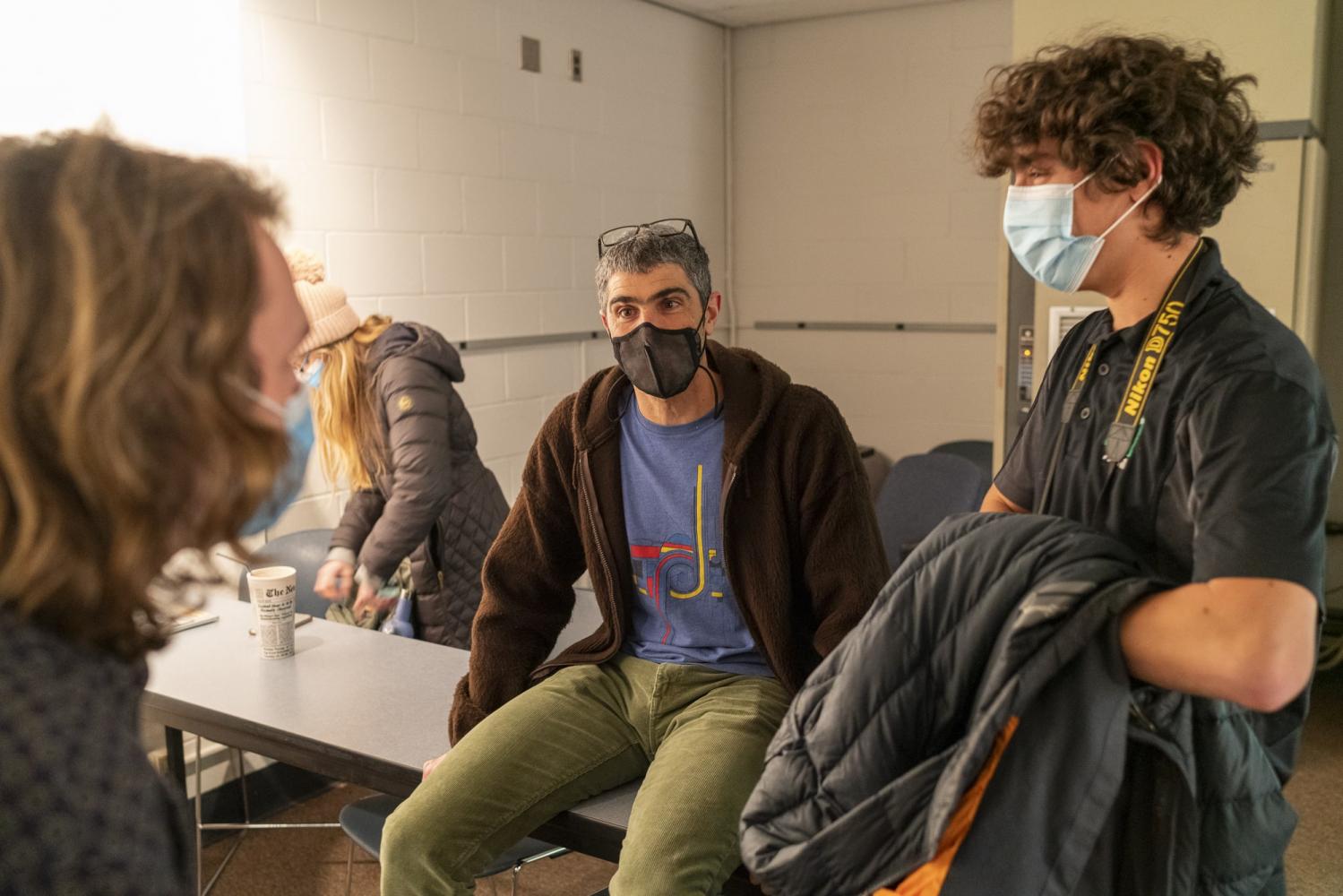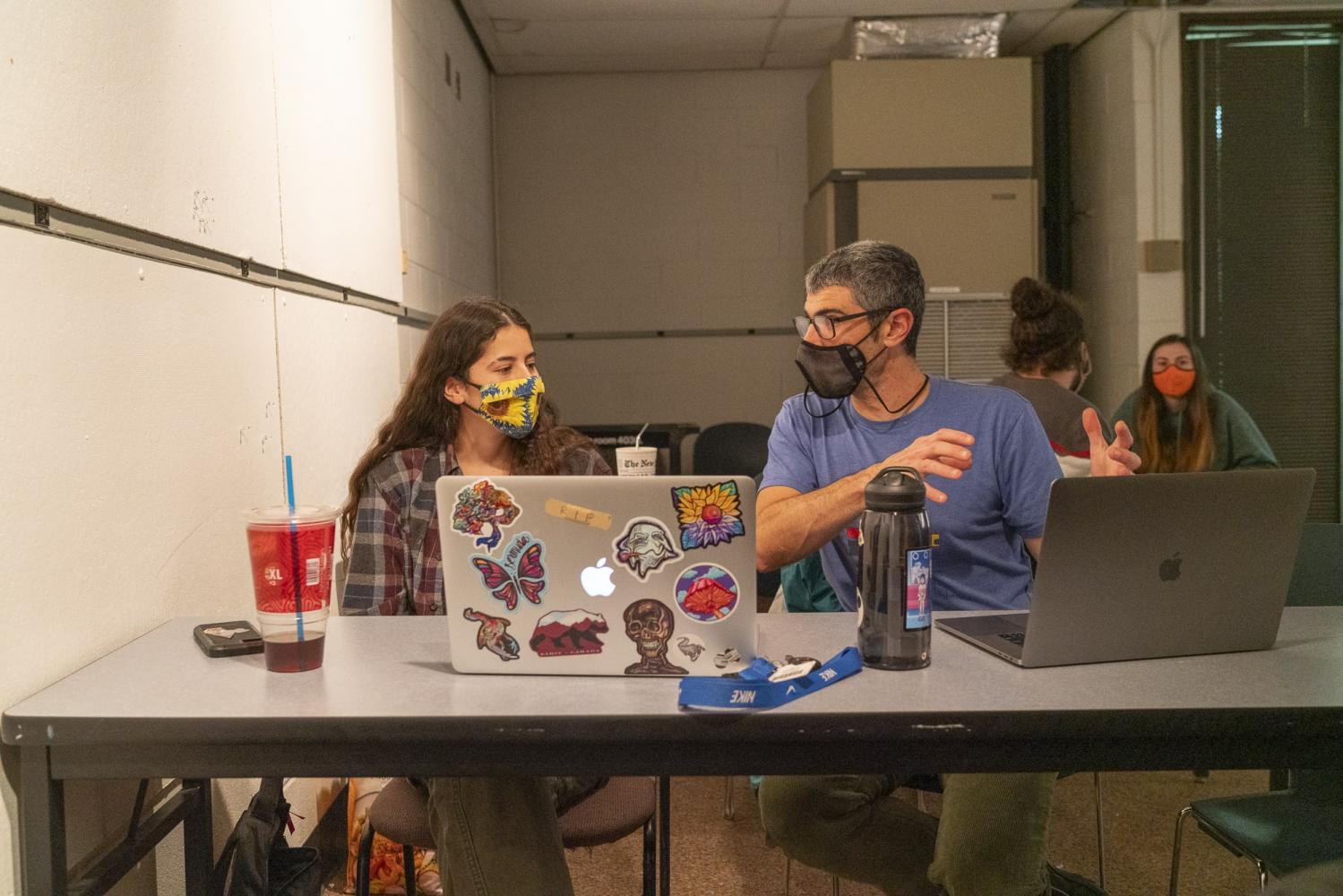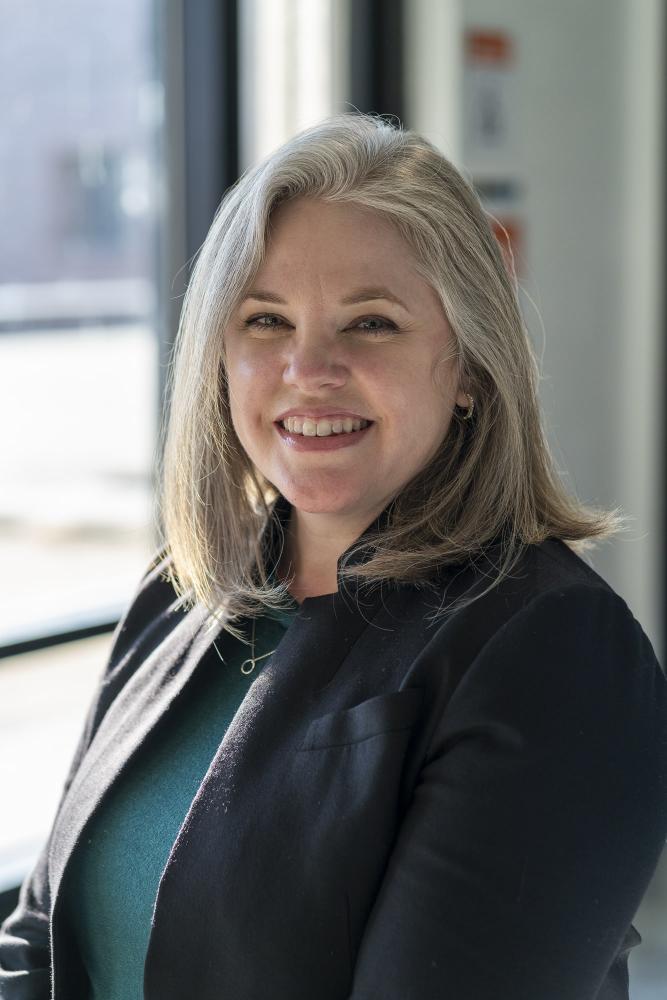The adaptability of RIT’s photography program has not gone unnoticed by students and faculty.
Starting with a small, locally recognized photography program and growing into the sixth best photography program in the country, RIT has been able to follow the pace of photographic development and provide its students with a plethora of resources designed to help them succeed in their field of choosing.
Photographic History of Rochester
Rochester has been a home to many historical photographic locations, the George Eastman Museum and Kodak Tower being a few.
As the founder of Eastman Kodak, George Eastman has created a legacy that has influenced Rochester into a photographic way of life.
After planting its roots in Rochester in 1888, Kodak became one of the most well-known camera companies in the world with the invention of the portable film camera. Photograph-worthy moments were dubbed ‘Kodak moments’ in the 20th century, as Kodak continued to grow in popularity.
However, in the 90s, the movement towards digital cameras began and Kodak lost its momentum.
Kodak had been ahead of all other camera companies in 1976, when they invented the world's first digital camera. They patented it, but did not make any move to use the technology in any way. As time continued, technology was improving rapidly and digital cameras were beginning to show up everywhere.
Eastman had continued to reject the change to digital photography, costing Kodak over one and a half billion dollars in revenue. This decision ultimately caused Kodak to declare bankruptcy and sell a portion of their patents to companies such as Apple and Google in 2012.
Since then, Kodak has stopped producing cameras and now only produces film, as well as providing people with ways to print photos. Even with his reluctance to convert to a digital lifestyle, Eastman accomplished many incredible tasks during his lifetime, influencing the creation of the George Eastman Museum in 1949 shortly after his passing. The museum occupies Eastman’s former mansion, and is known as the world’s oldest photography museum.
Photographic History of RIT
RIT has spent the past 91 years working to create the best photography program for their students, and they will continue to do so in the future. With the help of Kodak at the early stages of their photography program, RIT was able to build a foundation for what is now known as the School of Photographic Arts and Sciences (SPAS). SPAS, previously known as the School of Photography, was founded in 1930 in downtown Rochester.
RIT had been put under pressure from the surrounding photographic companies, such as Kodak, to provide a photography program. To give the program a nudge, Kodak lent two of its employees: Frederick F. Brehm and C.B. Neblette, to RIT as part-time professors. They were the only two professors for the entire photography program, which consisted of 24 students during its second year.
Several years later, the school developed two separate programs, giving students two choices of study for the first time. These two programs were Photographic Technology and Professional Photography.
Then, in 1959, Photographic Illustration was added prior to RIT’s move in 1968 from the downtown campus to the current campus location. At the same time, the Photographic Technology program was renamed as Photographic Science and Instrumentation.
“The big difference moving from the old campus to the new campus was size. It was so much bigger, more rooms, more labs, more of everything, but they didn’t have more faculty,” said Naud.
As a temporary solution, RIT hired the top four graduates of SPAS from the previous year, one of whom was Naud.
“They were in a panic mode and finally they resolved that they would hire four of our best graduates ... for one year and that will give us a year to finally get more faculty on campus,” said Naud.
Over the span of the next 50 years, SPAS collected and developed many important resources for the program. They gained renowned photographers as lecturers and professors, which began to attract students from across the country. Additionally, as they accumulated different types of photography programs, SPAS continued to increase in size and recognition.
Currently the School of Photographic Arts and Sciences offers six different photographic programs, providing students with state of the art facilities and equipment to get hands-on experience in their field of study.
Diversity in Faculty and Teaching
The SPAS faculty is contrived of a diverse group of people, based on various backgrounds and knowledge of the staff. With the wide range of photography programs offered, positions needed to be filled with experienced candidates, and SPAS has been able to employ many well-known photographers to fill that need.
SPAS Professor Gregory Halpern is an associate member at Magnum Photos and recipient of a Guggenheim Fellowship in 2014.
“No matter what kind of photography you are interested in, we have experts in that kind of photography,” Halpern said.
One of the many photographic programs offered at RIT is photographic sciences, which is a unique course that elaborates on two topics: the science of photography and photography of the sciences.
Professor Christye Sisson, a professor who was recently promoted to the position of SPAS director, shares her experience in photographic sciences.
“My background is in ophthalmic photography, which is a subset of medical imaging of specifically the eye,” Sisson said. “That’s an entire field dedicated towards imagers who are trained to create images in support of diagnosis and interpretation and treatment of eye disease.”
In addition to past experience, professors often continue working on projects during their time at RIT.
Visiting associate professor Margaret LeJeune finds it fulfilling to work on several activities at a time. LeJeune shares her mindset and motivation for staying simultaneously submerged in various projects.
“Sometimes things just come your way that are really inspiring, or your curiosity takes you in one direction, and I feel like forcing myself to work on one project at a time just isn’t the right fit for me,” LeJeune said.
One example of her photographic work is an ongoing project called "Growing Light," which she has been working on for seven years.
“I’ve been looking at bioluminescent organisms and using those organisms as indicator species,” said LeJeune. “I’m really thinking about how we can look at issues of the climate crisis and changes to species ... issues with habitat loss, species loss and changes to our oceans.”
Associate professor Joshua Meltzer also works on various projects outside of RIT. Meltzer explained his current project, which he is working on with another assistant professor Jenn Poggie.
“Part of it is looking at the history of how the community became so segregated and how that plays out in public education,” Meltzer said. “We’ve been following a couple of students who are now seniors, for about five years ... we’ll probably work on that another two years.”
These projects can ultimately become teaching points in class and possibly lead to opportunities for students to gain experience in the field.
“[It is] a big plus to have the students be able to see what we’re working on, sometimes even collaborate together,” Meltzer explained. “There’s a number of opportunities where students have worked alongside faculty on some of their projects.”
Having such a diverse group of faculty members with numerous backgrounds exposes students to various perspectives and paths, giving them a better understanding of what their future might hold.
High Tech Facilities
Two attractive features of the SPAS program are the facilities and equipment that are at the students’ disposal.
The majority of SPAS resources are located in Frank E. Gannett Hall, which is packed full of anything a student may need for photography.
“We have the best equipment and facilities of any photo school,” said Halpern. “It's like being a kid in a candy shop.”
“We have the best equipment and facilities of any photo school.”
The fourth floor of Gannett Hall contains 28 studios for filming and photography, a studio specific equipment cage and two Kodak sponsored computer labs. The state of the art studios and equipment on the fourth floor are available to SPAS students as soon as they begin classes. Additionally, the two Kodak computer labs are used on a regular basis as classrooms, allowing for a more hands-on learning environment.
The third floor is similarly stocked with resources and, with the help of a $3.5 million donation from Alumni Chance Wright in 2018, has undergone renovations to improve its facilities. The entire layout and structure of the floor is being redone to create a more open atmosphere and increase the size of the equipment cage. The furniture and equipment provided will also be updated to bring students the best experience possible in the labs and darkrooms. These renovations for the third floor are predicted to be completed by the beginning of 2022.
“That’s been a huge upgrade because now our facilities match what we do in our curriculum, which is wonderful,” said Sisson.
RIT’s photography facilities have given students the opportunity to learn with high-tech equipment, ultimately contributing to their success.
Unique Spread of Photography Programs
A unique aspect of SPAS is the number of different photographic studies that students can major in. These include advertising photography, fine art photography, photographic and imaging arts, photographic sciences, photojournalism and visual arts.
“The diversity of experience that you can get here is unmatched. I don’t know of any other place where you can study photography on so many different levels,” Sisson said.
SPAS gives freedom to its students by allowing them to take classes from different photography programs, rather than forcing them to stay on one designated path.
With the help of SPAS faculty, this mindset is being utilized on a larger scale.
“We are all very actively breaking down these silos of ‘this is advertising photography, and this is fine art photography, and they all have to stay separate,'” Meltzer said. “There’s a lot of opportunity to kind of modernize the way that photography education is thought of.”
“There’s a lot of opportunity to kind of modernize the way that photography education is thought of.”
By providing students access to various types of photography classes, they are able to learn about each field of photography and gain different skills from them.
“I tell my students that they should be doing a little bit of everything,” Halpern explained. “A little bit of advertising to learn about lighting, a little bit of photojournalism ... [helps] find your own personal voice.”
In addition to getting a broad view of photography, the wide range of studies provides students with a deeper focus into specific types of photography. Once they find their calling, students are able to go more in depth in the topic they are most passionate about, and get exposure to that specific field.
“That specificity, by the time people graduate, is what makes them so successful because they take such a deep dive into that aspect of photography,” Sisson said.
Every aspect of SPAS programs is designed to meet the needs of the students and influence a successful learning experience.
“We invite students to come in with ideas and curiosity and the courses are designed to allow for a lot of flexibility and freedom of study,” LeJeune said. “The faculty are just really excited about helping students to find their own path forward, rather than create a rigid standardized photographic education.”
“The faculty are just really excited about helping students to find their own path forward, rather than create a rigid standardized photographic education.”




